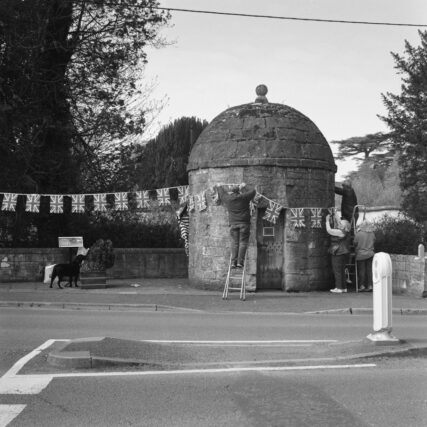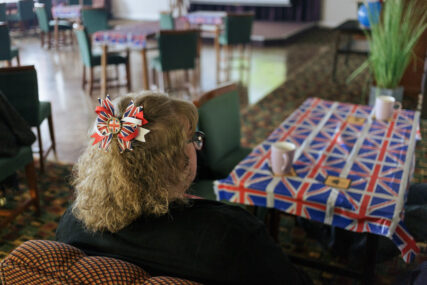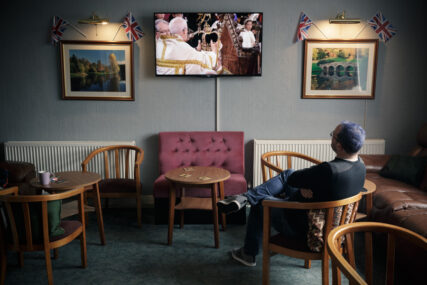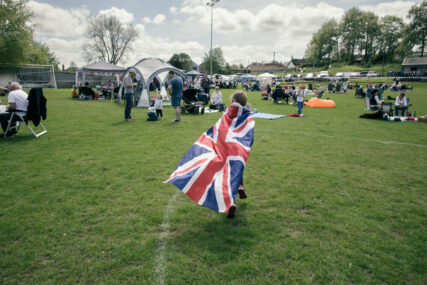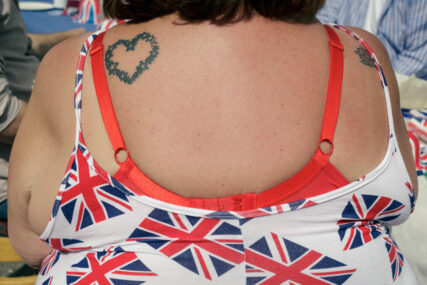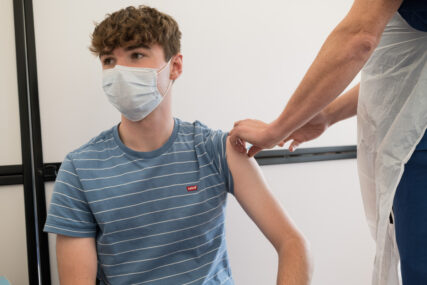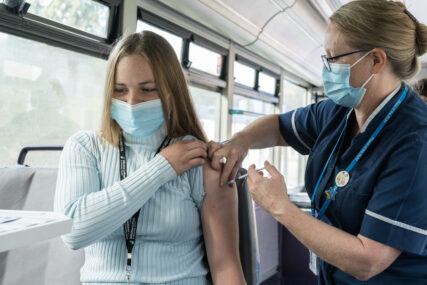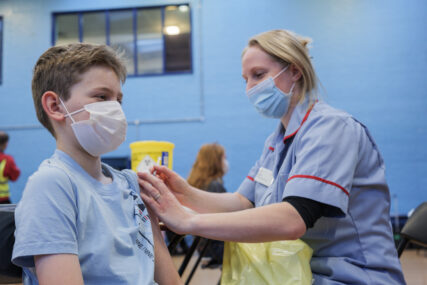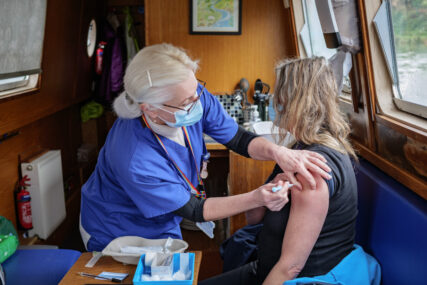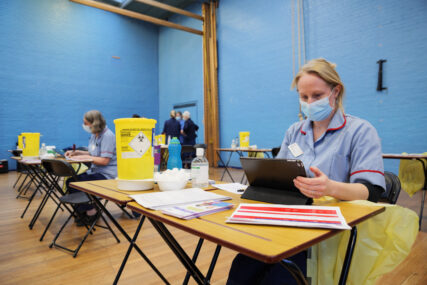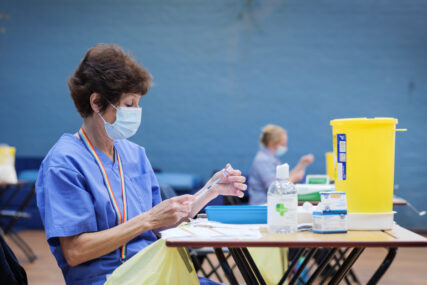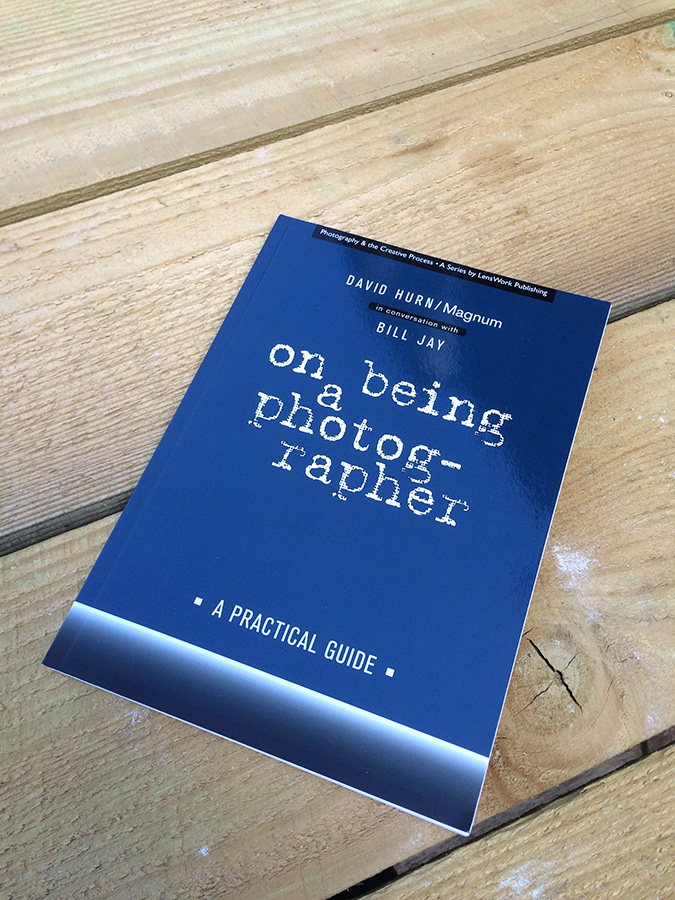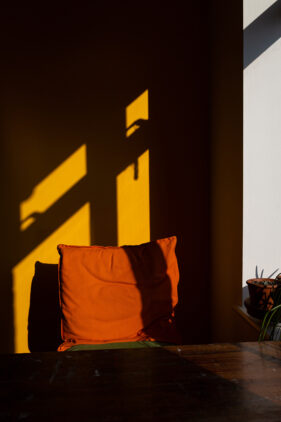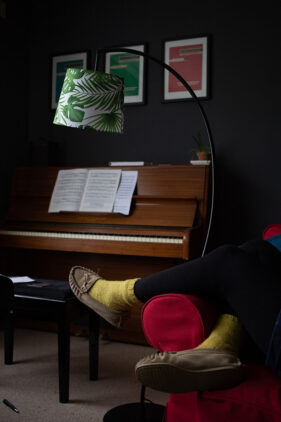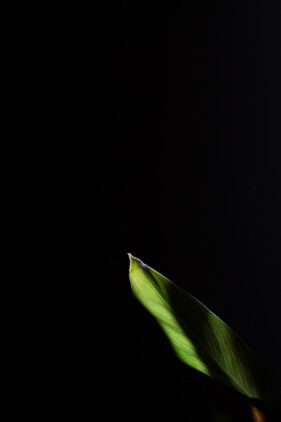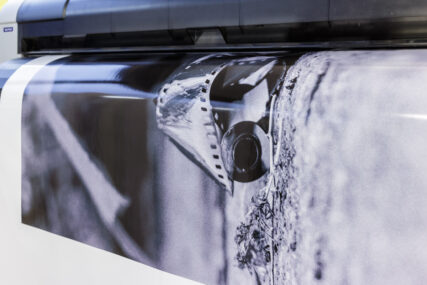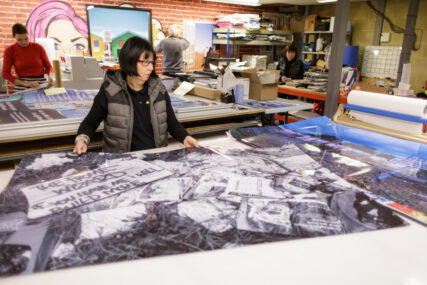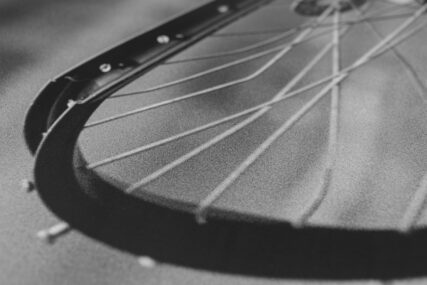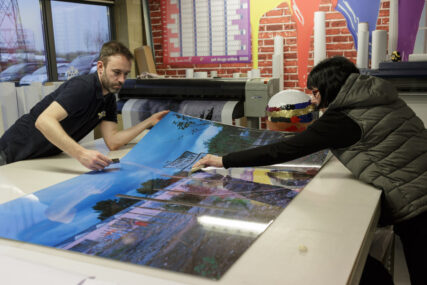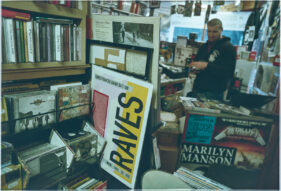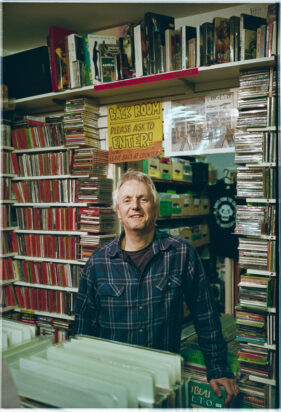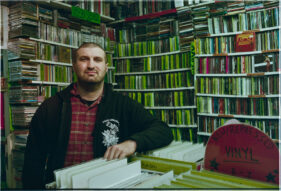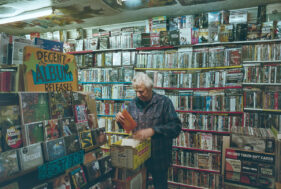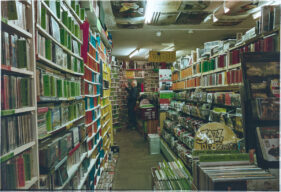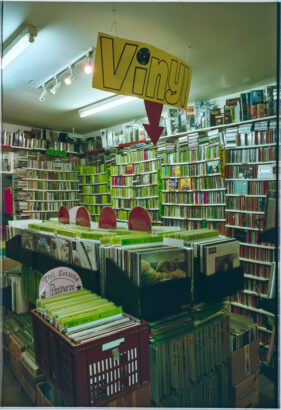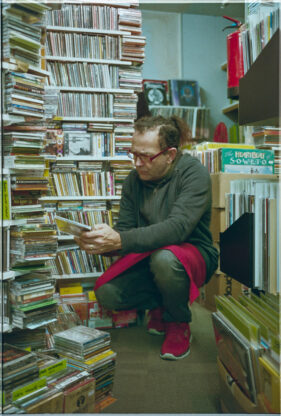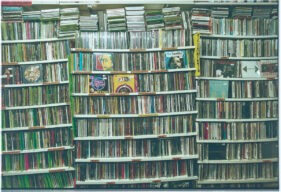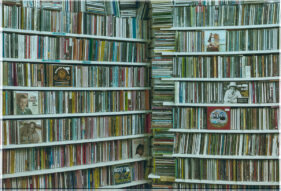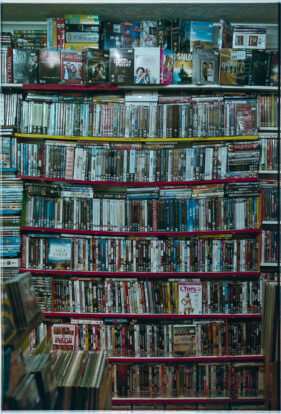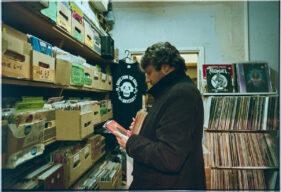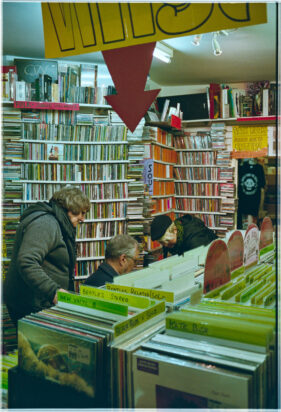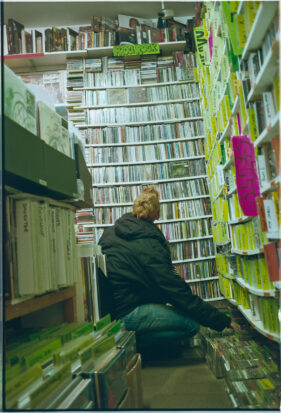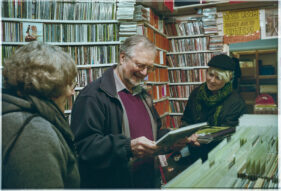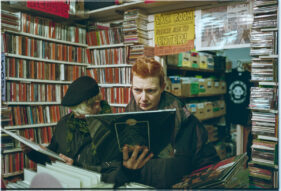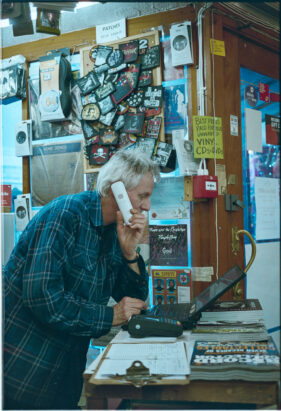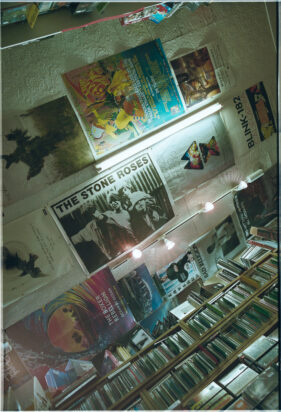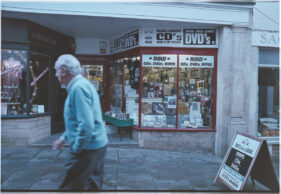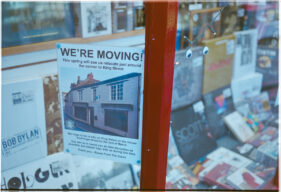On The Vaccination Trail
Regular readers will be aware of my recent work covering the vaccination programme in Wiltshire. I’d like to dedicate this post to all the hard-working front line staff who are the reason the vaccination rollout has been such a huge success.
I blogged previously about the initial coverage of the walk-in vaccination service at Bath Racecourse, but since then I’ve visited a mobile service on a bus, a school vaccination day and most recently, a session on a narrow boat.
The client, NHS BANES, Swindon & Wiltshire CCG (BSWCCG), use the images for social media promotion of the vaccination programme as well as for external stakeholder communications and reports. However, the images are more than just PR. They’re an historical record of the regional effort to control Covid-19 and its effects.
A Client With Vision
Perhaps 20 years ago such a huge national effort would have been covered more widely and in greater depth by the regional and local press, but they are largely absent from from the scene. With few (I suspect now the number is 0) industry-trained photographers covering local news events anymore, there’s a vacuum of photographic coverage of important regional stories.
This is a shame, but I’m thrilled to be able to help document what is undoubtedly a critical moment.
While BSWCCG is not a media company, their communications team have recognised the need for photography not only as a promotional tool, but also as a means to document the clinical effort within the pandemic. And though I’m no Dorothea Lange, this exercise echos that need to record a critical issue to raise awareness.
My Approach
Not all of my images are strictly fly-on-the-wall photo-documentary, though I do strive to capture what I witness with as much honesty and integrity as if I was still a staff news photographer.
For example, at Clarendon Academy, the two pupils I had permission to photograph had recently come out of self-isolation after contracting Covid-19. This meant they were unable to have their boosters on the day, so I posed those shots with empty syringes (and they were captioned as posed). However the images of the nurse at the dilution station were all taken as she did her work. Nothing staged, pure documentary.
Meanwhile for the narrow boat visit, as for the Bath Racecourse and Lackham College sessions, the vaccinations were real and I had to get my shots live. I couldn’t ask a nurse to hold a position or pose while I got set up – I couldn’t interrupt the process of administering an injection.
This makes for some challenging moments. In particular, in the cramped confines of a narrow boat I had to be very aware of my surroundings. Hats off to the staff who had to work in there all day; I kept my time on board to a minimum.
Regardless of any challenges, I have to go in with a calm, professional attitude. Being jittery about camera settings, working in the rain, with difficult light, or stressing about working in a mask will transmit to those I need to work with, and they’ll react negatively and rightly so. They have a job to do and protocols to follow, they don’t need a clown in the room.
Thank You
So I want to say a big thank you to NHS BANES, Swindon & Wiltshire CCG for commissioning me. I value my involvement in this effort and if there is more to come, I’ll relish the opportunity to play my small part. Also to the administrative staff who’ve been so helpful and in particular to all the registered nurses who, while being utterly professional in their work, have accommodated me in mine.
Thank you.
And Finally
This is probably my final post for the year. I’ll be back in January, kicking off with a look back at 2021 and a look forward at 2022. So have a great and safe Christmas and New Year and I’ll see you again soon. Thanks for staying loyal through 2021.
Tim

